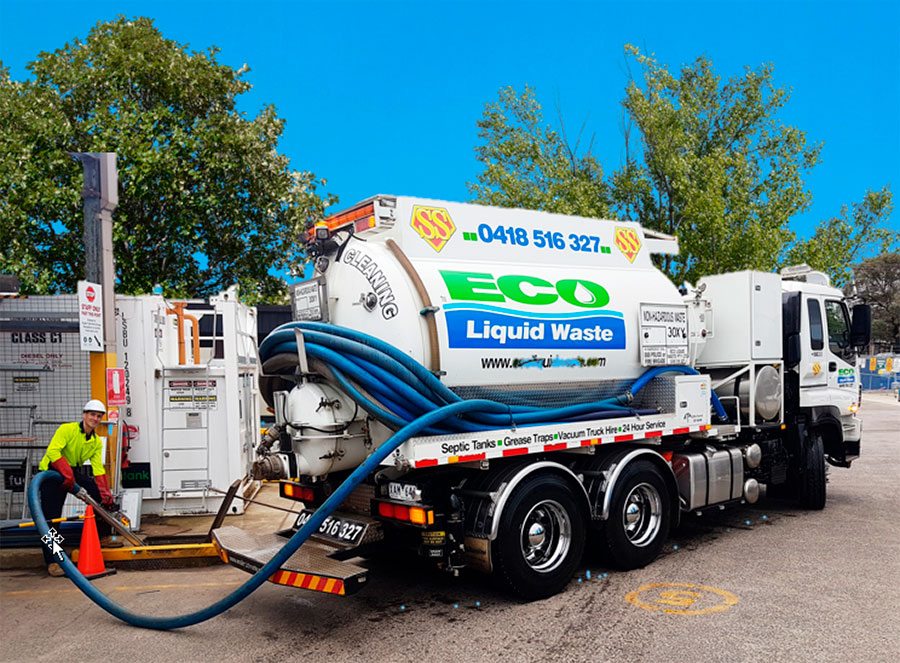Getting My Reclaim Waste To Work
Little Known Questions About Reclaim Waste.
Table of ContentsThe 7-Minute Rule for Reclaim WasteThe 8-Minute Rule for Reclaim WasteSome Of Reclaim WasteThe 10-Minute Rule for Reclaim WasteThe 2-Minute Rule for Reclaim WasteSome Known Facts About Reclaim Waste.

Never place harmful materials down sinks, toilets or stormwater drains Materials consisting of petrol, grease, oil, chemicals and herbicides, and solvents such as paint strippers should not be poured down sinks, bathrooms or stormwater drains pipes. These materials are difficult to eliminate in the sewer therapy process and create pollution issues in our neighborhood waterways.

Liquid waste is a term that covers a broad range of products, there's a good reason why leaving its disposal to the experts is recommended. Liquid waste is non-solid product that has no more usage and should be dealt with and gotten rid of according to regional, state and government policies.
The Facts About Reclaim Waste Revealed
Examples of fluid waste can consist of wastewater, fats, oils or grease, used oil, fluids, solids, gases or sludges and harmful home liquids, there are some that are taken into consideration to be much more dangerous than others when it comes to the environment and the wellness of pets and humans alike. It's therefore that each state and area have strict laws linked to fluid waste administration.
Liquid waste can be stored in holding containers or packaged in drums, intermediate mass containers or authorized tiny containers prior to either being treated or gotten rid of through outsourced vacuum cleaner trucks. Given the nature of the materials, fluid waste can not enter the basic waste stream and there are strict laws on exactly how to throw away it properly.
(https://linktr.ee/leonaube33101)Depending upon a resolution of the level of danger, it may be necessary to remediate those websites. Additionally, unsafe liquid chemical wastes are managed waste and should be tracked according to the state waste regulations. Under the chain of guardianship and responsibilities, proprietors are responsible and responsible for waste generated by a service.
One of the core applications for superabsorbent polymers (SAPs) is fluid waste solidification. liquid waste removal. SAPs are utilized by waste management specialists to stop possibly hazardous liquids from getting in waterways, groundwater aquifers, and various other delicate environments. Because fluids can swiftly carry impurities right into ecological receptors and possibly contribute to geotechnical failures, liquid wastes are usually banned from disposal in landfills
Our Reclaim Waste Diaries
Essentially, cost-free fluids are fluids that divide from the strong portion of waste material. Liquid waste can include the following: HDD mud and cuttings Landfill leachate Wastewater therapy sludge & biosolids Dug up debris Oil and gas drill cuttings Resolving fish pond filth Hydro Excavation slurry Coal burning residuals/ash Tank base sludge Concrete grinding/polishing slurry Relevant Write-up: For a practical example of totally free liquids separating from waste product, consider the following scenario: A waste management contractor lots a dump truck with sludge from a wastewater therapy plant's oygenation container, during a routine maintenance event.
When the vehicle driver arrives at the garbage dump, he notices water leaching from the sludge and pouring from the dump vehicle. The you can try this out tons was declined by the landfill and the chauffeur was required to throw away the waste as a liquid waste at a special center, which raised the disposal charges significantly.
The world is sinking in rubbish and we can not pay for to be irresponsible any longer. We have to do something about it and reuse whatever we can anywhere we can. We also require to be in charge of the correct disposal of our waste materials. It is not nearly enough that we pay waste disposal firms to care for our rubbish.
The Reclaim Waste Ideas

Segregating your waste can begin inside the home. Segregate completely dry and fluid waste as well as edible waste, eco-friendly and non-biodegradable materials.
Layer the bottom with soil to soak up the wet waste. Layer the compost with damp and completely dry waste as well as soil to preserve an equilibrium in between the damp and the completely dry.
What Does Reclaim Waste Do?
To help with faster decomposition, you can additionally include semi composted dirt to the compost. If you discover the smell is coming to be as well strong, add extra papers and paper waste or include even more holes to the garden compost bin to maintain the equilibrium of the waste products.
We likewise require to be accountable for the correct disposal of our waste materials. It is not enough that we pay waste disposal business to take treatment of our rubbish.
Our waste, our obligation. Have you ever before wondered what happens to your fluid waste after it's collected? Did you understand that fluid waste can be reused? As accountable people, you ought to recognize what takes place to your rubbish and where it pursues it is taken away from you. Comprehending the fluid waste removal process is essential in assisting you to segregate your waste.
The 30-Second Trick For Reclaim Waste
Segregating your waste can begin inside the home. Set apart dry and liquid waste as well as edible waste, naturally degradable and non-biodegradable materials.
You can utilize old trash container, bucket, yard pot or old plastic drums. Pierce 4 to five openings in the container so the air can flow. Layer all-time low with dirt to take in the wet waste. Start the composting process. Layer the compost with damp and completely dry waste in addition to dirt to preserve an equilibrium in between the wet and the dry.
To promote faster decay, you can also add semi composted soil to the compost. If you see the scent is ending up being too solid, add additional papers and paper waste or add even more holes to the garden compost bin to keep the equilibrium of the waste materials.